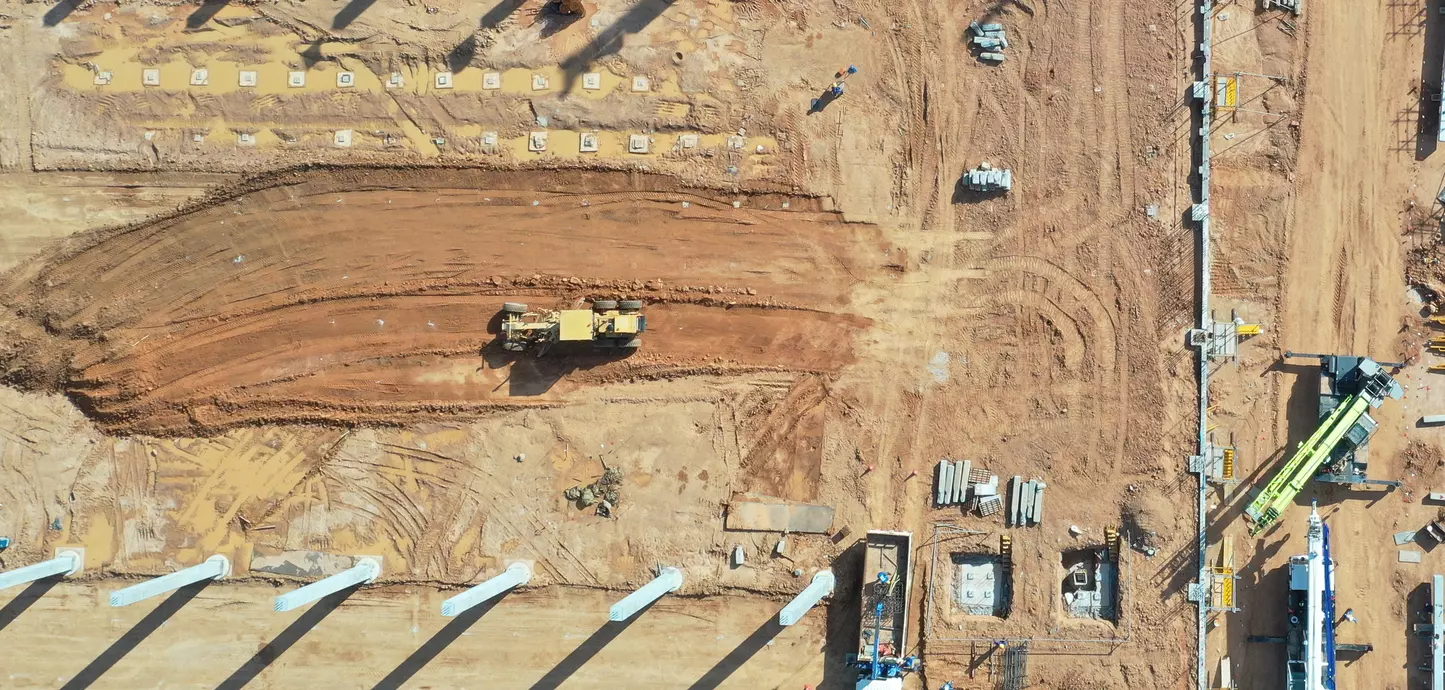Construction and demolition waste (CDW) accounts for more than one third of the total waste in Europe. For this reason, and within the broader scope of the Green Deal objectives, Brussels has launched a study to understand the state of the art in the Old Continent and the potential scenarios with a view to as virtuous as possible disposal and recycling. Dario Caro, scientific researcher at the European Commission's Joint Research Centre in Seville and associate professor at the University of Aahrus tells Infra Journal about the enormous potential of a sector that can help the environment, the raw materials crisis and the complicated sourcing of energy in a context of deep climate crisis.
Professor Caro, can you outline this area of construction waste?
“Construction and demolition waste is part of what is now called Urban mining. Their recycling is much discussed nowadays as it is a virtuous process that allows secondary raw materials to be derived from waste, entering the circular economy. Transformation can take place at different levels and with different modalities and results. By thinking of waste as a resource, we can increase its durability and thus reduce the production of what is called ‘virgin material’. A very important mechanism in a sustainable key.”
What is the state of the art in Europe for this practice?
“Definitely fragmented. Each individual country has its own legislation on the subject, but recycling of this type of waste is already very high, so we can say that we are already well on our way. However, the potential for improvement is there. In fact, it is the largest waste fraction in Europe (covering 40% of total waste) and there are more virtuous countries such as the Netherlands, Italy, Greece, Slovenia and less virtuous countries such as Hungary, Poland, Ireland.”
So is it just a matter of standardising best practice or is there more to it?
“There are two fundamental problems, which then gave rise to the study: the first is that even if the recycling rate is high, it is of ‘low quality’, and namely aimed at creating products that can replace materials with a low market value (sand and gravel, for example) that are used to build road foundations. The second is that there are big differences between Member States: there are countries where this waste is mainly sent to landfill and recycling is practically non-existent. This is because recycling is in strong economic competition with landfilling.”
What is the objective then?
“To improve the quality of recycling and to generate through recycling products with a higher market value than raw gravel and sand.”
How far can we go with recycling targets?
“To understand this, our study took one tonne of construction and demolition waste and checked what fractions are present in Europe. We analysed twelve (including concrete, wood, ceramics, bricks, glass, plaster, aluminium, iron, EPS and PVC plastics...) thus covering 85% of the total of what we find in a tonne of waste. Expanding the scale, we checked the flows of this type of waste in Europe and created scenarios for each fraction. For each fraction at least one recycling and one landfill scenario was considered. Then, for plastic fractions and wood, which have significant calorific value, we also considered incineration scenarios. Furthermore, for almost all fractions we have identified different types of recycling: a recycling with a low market value and one where we return to the waste fraction (closed loop) or where we create products with a higher market value.”
These scenarios therefore have an economic/environmental impact.
“Exactly, for each of these scenarios we assessed the economic and environmental impact, trying to shed light on the potential of the sector in view of the European Green Deal and Circular economy objectives. For example, recycling aimed at generating products that can replace materials with a high market value is found to have a better environmental performance than all other options. The development of these types of recycling can also generate several jobs which are getting a great deal of attention from the Commission. However, we have observed that in general, landfilling is the cheapest option. In any case, our study, for each type of material, allows us to evaluate the economic and environmental impact so as to show an overall view of the issue.”
That said, how can Europe help to choose the best route?
“There is the incentive route or, in any case, the route that tries to make landfilling less convenient (for example, through the use of more targeted taxation on landfilling, as is the case in the Netherlands), thus incentivising recycling. One can also reason about the potential energy recovery for certain materials (e.g. plastics). More stringent targets and objectives will be set in the coming months, but the road is marked out and urban mining is a great opportunity as the increasing demand for raw materials globally makes it necessary to diversify supply and implement circular strategies to extract materials from waste and scrap.”
